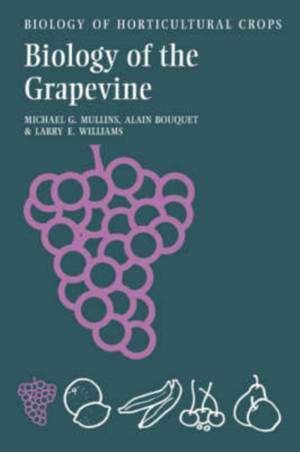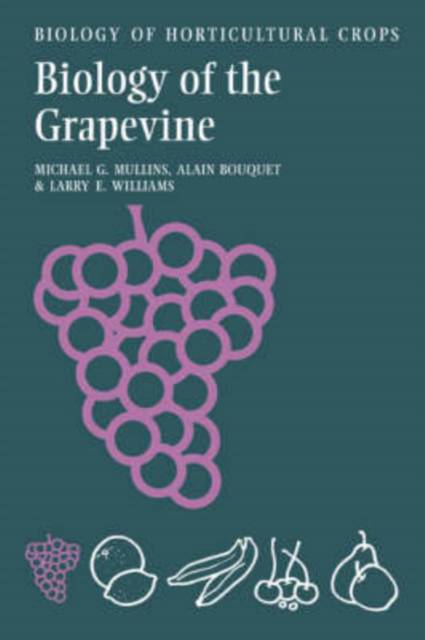
Door een staking bij bpost kan je online bestelling op dit moment iets langer onderweg zijn dan voorzien. Dringend iets nodig? Onze winkels ontvangen jou met open armen!
- Afhalen na 1 uur in een winkel met voorraad
- Gratis thuislevering in België vanaf € 30
- Ruim aanbod met 7 miljoen producten
Door een staking bij bpost kan je online bestelling op dit moment iets langer onderweg zijn dan voorzien. Dringend iets nodig? Onze winkels ontvangen jou met open armen!
- Afhalen na 1 uur in een winkel met voorraad
- Gratis thuislevering in België vanaf € 30
- Ruim aanbod met 7 miljoen producten
Zoeken
€ 224,95
+ 449 punten
Omschrijving
This book aims to provide for the first time in the English language a concise but comprehensive overview of the biology and cultivation of the grapevine, accessible to all concerned with viticulture. After a description of the essential features of viticulture, including a concise history from antiquity to modern times, the authors consider the taxonomy of the grapevine and the evolutionary processes that gave rise to the diversity within the Vitaceae. Particular attention is paid to the genera Vitis and Muscadinia, which are considered a reserve of genetic variation for the improvement of grapevines. A description of the vegetative and reproductive anatomy of the grapevine precedes a full discussion of the developmental and environmental physiology of these fascinating and economically important plants. The concluding chapter considers the potential for genetic improvement of grapevines and includes coverage of the problems encountered, and the methods and strategies employed, in breeding for scions and rootstocks. Special reference to the role of plant biotechnology and tissue culture in the genetic improvement of grapevines is also made.
Specificaties
Betrokkenen
- Auteur(s):
- Uitgeverij:
Inhoud
- Aantal bladzijden:
- 252
- Taal:
- Engels
- Reeks:
Eigenschappen
- Productcode (EAN):
- 9780521305075
- Verschijningsdatum:
- 31/07/1992
- Uitvoering:
- Hardcover
- Formaat:
- Genaaid
- Afmetingen:
- 158 mm x 237 mm
- Gewicht:
- 535 g

Alleen bij Standaard Boekhandel
+ 449 punten op je klantenkaart van Standaard Boekhandel
Beoordelingen
We publiceren alleen reviews die voldoen aan de voorwaarden voor reviews. Bekijk onze voorwaarden voor reviews.











